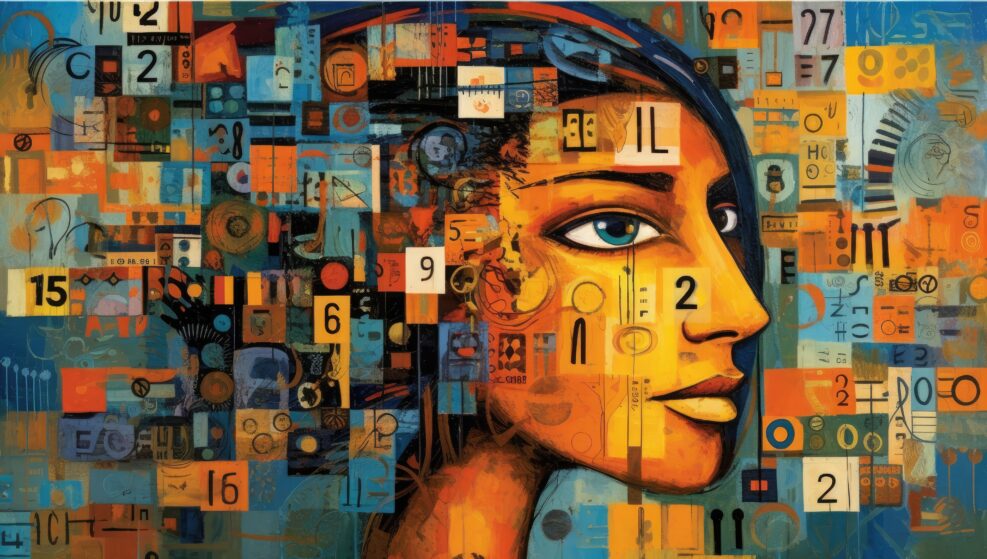
CategoryNeuroscience

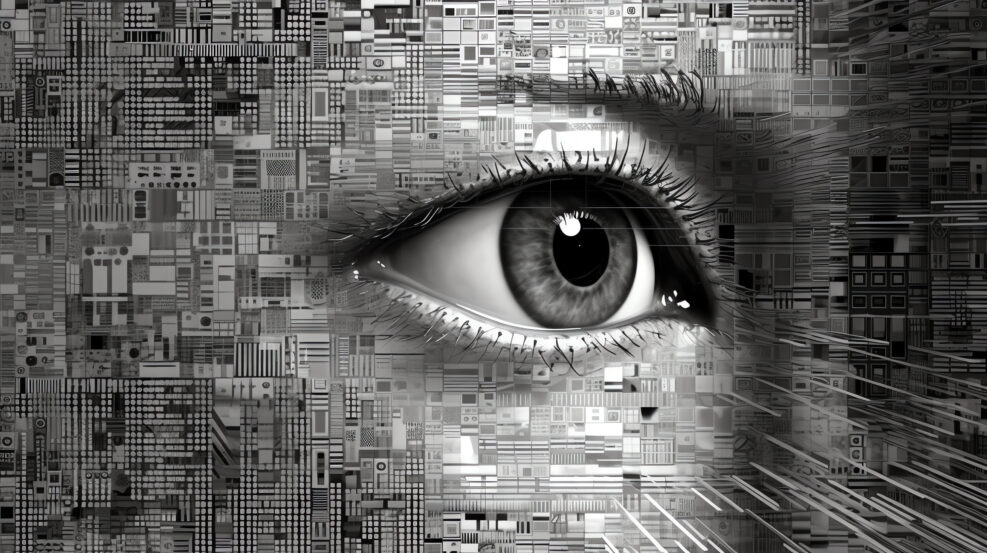
Leading Consciousness Theory Slammed as “Pseudoscience.” Huh?
Integrated Information Theory’s panpsychist leanings are the 124 neuroscientist critics’ real target
Split Mind: The Strangest Theory in Neuroscience?
The idea that we might all have separate, undetected consciousnesses in each half of our brain supports materialism but there’s little evidence for it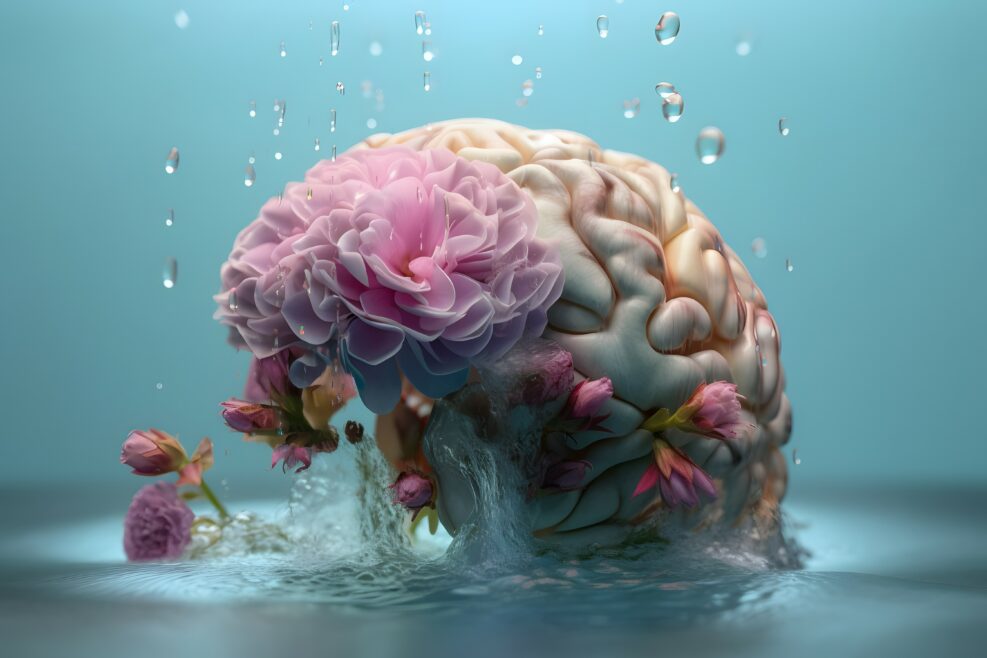
The Left and Right Brain Both Want Pop Science Media to Chill
Neuroscience is not an especially rewarding field for the pursuit of dogma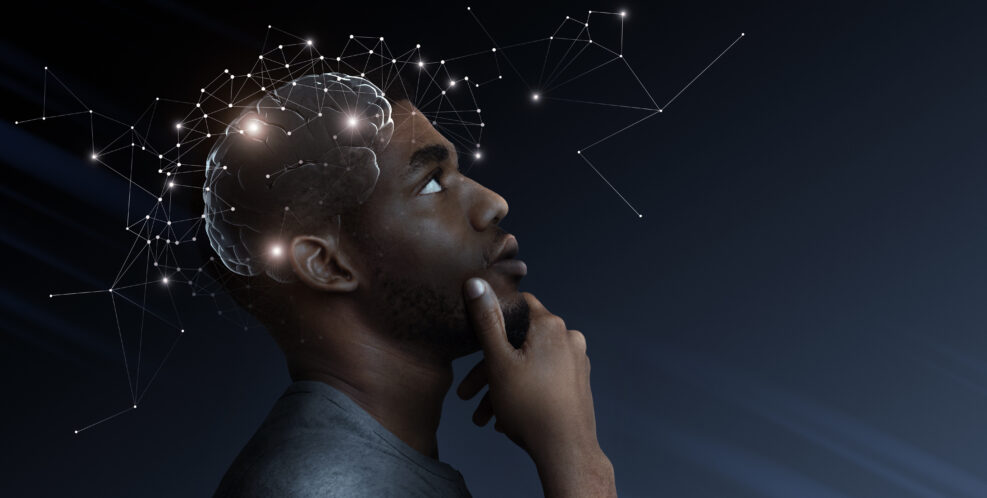
Does Left Brain-Only Thinking Impoverish Our Mental World? How?
A discussion of the left brain vs the right brain that avoids pop science can set us thinking, as psychiatrist McGilchrist and neurologist Dirckx show
Our Essential “I”ness … the Search for Its Address in the Brain
Does “I” — the first person singular — have or need a fixed address in the brain?
The Mind: A Neuroscientist and a Psychiatrist Walk Into a…
Psychiatrist Iain McGilchrist, conversing with Christian neuroscientist Sharon Dirckx about materialism’s deficits, shows considerable sympathy for panpsychism
Is Dementia Research Missing the Forest for the Trees?
Sudden bouts of lucidity in people with dementia are understudied, researchers admitResearchers have begun to ask about the curious fact that persons with obvious dementia sometimes have lucid episodes: “In the last week, Sarah has occasionally said things that were recognizable, startling her family. Most notably, on two occasions, she clearly and unexpectedly told her spouse, “I’m scared. I want you to come with me.” These episodes unsettled him. He reported them to Sarah’s physician, asking for advice. (This case is adapted from one of the author’s [JK] clinical experiences.)” – Peterson A, Clapp J, Largent EA, Harkins K, Stites SD, Karlawish J. What is paradoxical lucidity? The answer begins with its definition. Alzheimers Dement. 2022 Mar;18(3):513-521. doi: 10.1002/alz.12424. Epub 2021 Aug 2. PMID: 34338400; PMCID: PMC8807788. The paper is open Read More ›

Neuroscientist vows post-wager: We’ll nail consciousness yet!
Anil Seth, proponent of the “hallucination” theory of consciousness, vows that researchers will find that consciousness spot or circuit in the brain
When You Sync With Someone, Your Brains Wave Together
Neuroscientists have found that co-operation results in brain wave synchronyAt Scientific American, Lydia Denworth brought up an interesting topic earlier this month: The way that brain waves synchronize between two people who are communicating successfully: Neurons in corresponding locations of the different brains fire at the same time, creating matching patterns, like dancers moving together. Auditory and visual areas respond to shape, sound and movement in similar ways, whereas higher-order brain areas seem to behave similarly during more challenging tasks such as making meaning out of something seen or heard. The experience of “being on the same wavelength” as another person is real, and it is visible in the activity of the brain.” – Lydia Denworth, “Brain Waves Synchronize when People Interact,” Scientific American, July 1, 2023 For example, Read More ›

It’s Becoming Clearer That the Mind Is Not the Brain
The “science of consciousness” not only has no workable materialist theory but it’s unclear what such a theory should look like or explainNot surprisingly, given that philosopher David Chalmers won the famous wager with neuroscientist Christof Koch last month, the topic of consciousness has been in the news a lot. In 25 years of research, no one has found a specific consciousness circuit, spot, wave, or whatever in the brain. Consciousness is still the “Hard Problem of Consciousness.” At Vox, Oshan Jarow, a writer who knows the field, tells us that the bet has been renewed for another 25 years and offers an interpretation of why scientists haven’t “cracked” consciousness so far: “we still lack a definitive, falsifiable explanation. We even lack consensus on whether one may ever exist.” Eventually, in this view, the field might coalesce around a unified theory and Read More ›

How Can a Woman Missing Her Olfactory Bulbs Still Smell?
The brain’s plasticity intrigues and puzzles researcher, and it also raises a larger issueEven since neuroscientists started imaging the brain, they’ve been turning up cases where people are missing brain parts we would expect them to need in order to do something — but they are doing that very thing anyway. One example, written up in LiveScience in 2019, concerns women who are missing their olfactory bulbs (illustrated) but can still smell: Researchers have discovered a small group of people that seem to defy medical science: They can smell despite lacking “olfactory bulbs,” the region in the front of the brain that processes information about smells from the nose. It’s not clear how they are able to do this, but the findings suggest that the human brain may have a greater ability to Read More ›

The Philosopher Wins: There’s No Consciousness Spot in the Brain
After a 25-year search, dualist philosopher David Chalmers won the bet with neuroscientist Christof KochBack in 1998, premier neuroscientist Christof Koch had wagered philosopher of mind David Chalmers a case of fine wine that within the next twenty-five years, a specific “signature of consciousness” would be found in the brain. In 2018, Swedish journalist Per Snaprud reminded the world of that fact at New Scientist. With five years to run, a countdown of sorts began. Snaprud’s article was titled “Consciousness: How we’re solving a mystery bigger than our minds,” telling readers that “we’re uncovering clues.” The five years are up and who won? Mariana Lenharo reports at Nature, “Both scientists agreed publicly on 23 June, at the annual meeting of the Association for the Scientific Study of Consciousness (ASSC) in New York City, that Read More ›
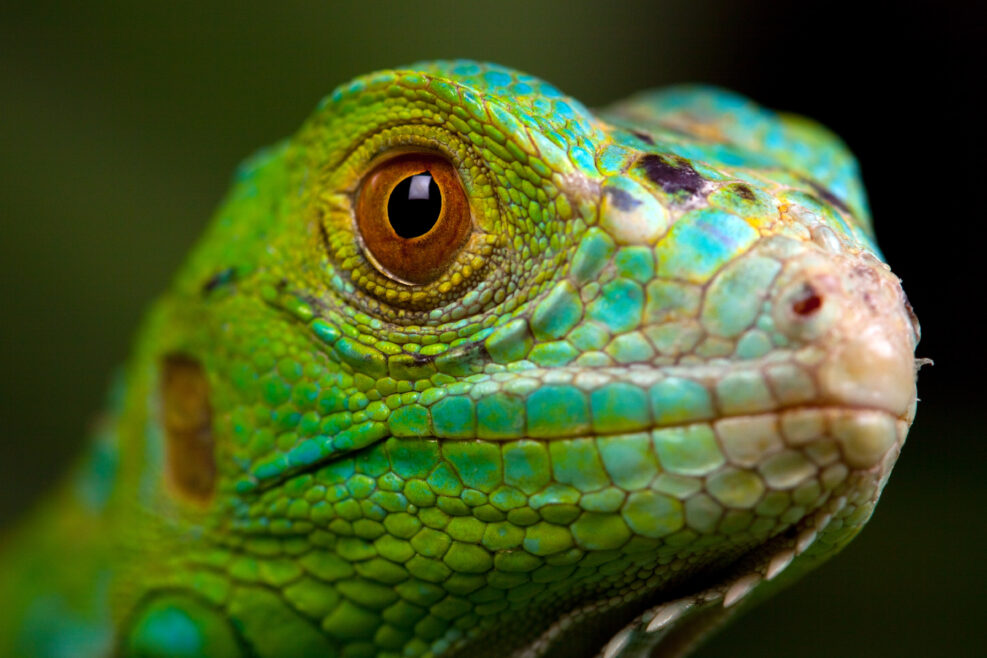
Look Out! The “Reptilian Brain” Is Still Here!
Many psychology students are subjected to this day to an exploded pop neuroscience myth endorsed by celebrity scientist Carl SaganDo we have a three-part brain — reptilian, mammalian, and human? Curiously, psychology textbooks teach us that we do and neuroscience studies teach us that we don’t. Who to believe? And how did that happen anyway? In the 1960s, Yale University physiologist and psychiatrist Paul D. MacLean (1913–2007) offered the triune brain theory. On that view, the reptilian brain (brain stem) controls things like movement and breathing; the mammalian brain controls emotion (limbic system); and the human cerebral cortex controls language and reasoning (neocortex). That might have been just another theory except that it was widely promoted by celebrity astronomer Carl Sagan (1934–1996) in his book, The Dragons of Eden (Random House, 1977). Praised in The Atlantic as “a rational, Read More ›
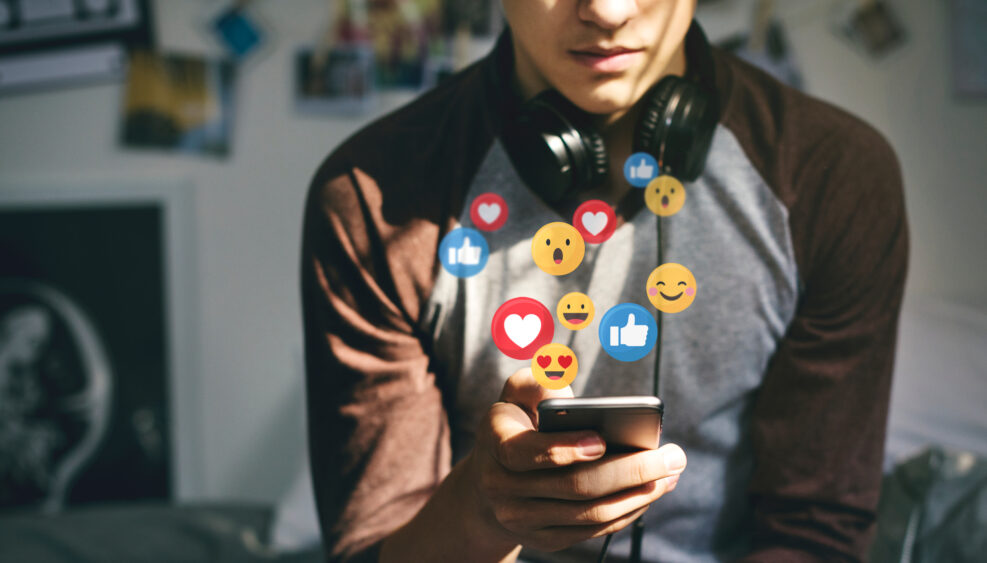
Researchers Find Social Media Affects Amygdala in Kids
Study finds that social media apps heighten sensitivity to peer approval in social settingsA recent study from the University of North Carolina found that social media use affected the brain matter in children, particularly the amygdala, which processes reward and punishment. Per an article from Neoscope, an imprint of Futurism, Researchers from the University of North Carolina have found, in one of the first studies of its kind, that habitually checking social feeds may change the ways early adolescents process social rewards and punishments — changes concrete enough that they can be seen as distinct and divergent neural pathways in brain scans.” Noor Al-Sabai, Scientists Find Something Strange in Brain Scans of Kids Hooked on Social Media (futurism.com) The researchers found that students who checked social media more frequently experienced greater sensitivity to their Read More ›

Near-Death Experience Research Is Slowly Filling In the Picture
When an 87-year-old man was having his brain scanned, he died — unexpectedly — of a heart attack. So, in a rare event, the scan recorded his unanticipated final brain activityIn a survey article at Business Insider, Erin Heger points to several studies that shed light on what happens when we die. She starts by referencing Julia A. Nicholson’s recent account of her own NDE when she was eighteen, as a result of a near-fatal car crash: I didn’t feel any pain but I heard voices around me. I could then hear my sister screaming, “She’s dead, my sister is dead.” So I believed that I must have died. I remember my sister, Allan, and John saying, “If you can hear us, move, or touch something,” but I couldn’t move at all. After I started to regain consciousness, I remember seeing the faces of the people that I loved flashing Read More ›
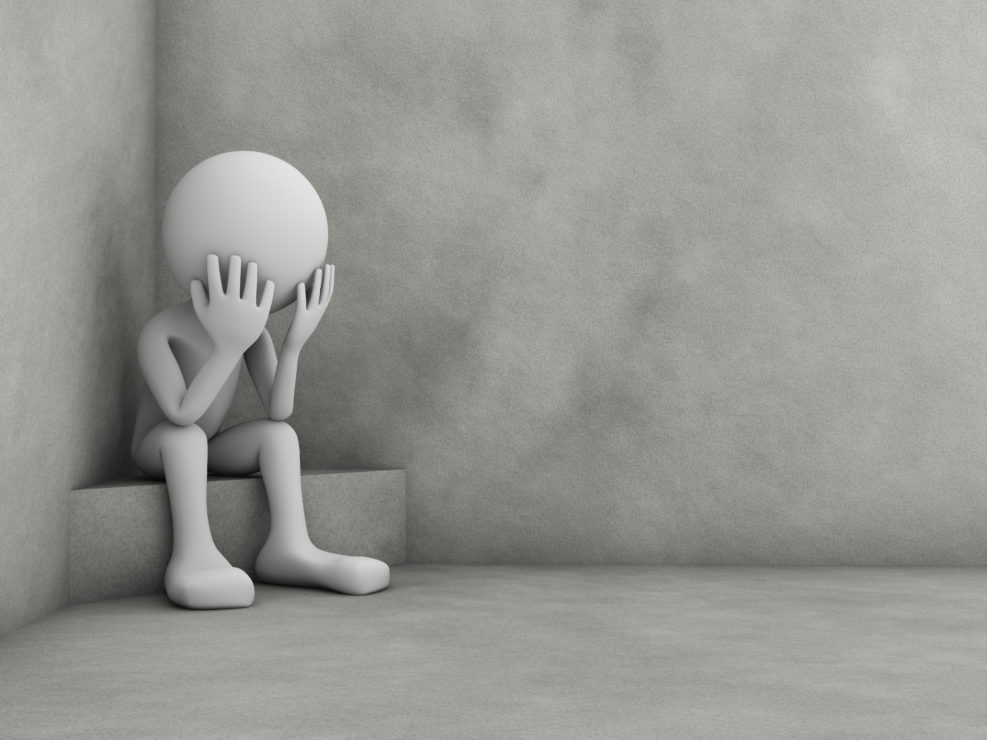
Mental health: Psychotherapy and Drugs Help Different Brain Areas
Camilla Nord reports that psychotherapy changed aspects of the brain’s prefrontal cortex whereas medications affected the amygdalaWhether to treat mental health issues with psychotherapy or drugs has sometimes led to pitting one against the other. For example, as Cambridge neuroscientist Camilla Nord has noted, in a report that no longer seems to be online, the British Psychological Society’s Division of Clinical Psychology stated in 2016 that “There is no firm evidence that mental distress is primarily caused by biochemical imbalances, genes, or something going wrong in the brain …” Rather, the Society cited childhood trauma, abuse, and poverty as causes, to be remedied by political and social change. Other studies (here is a systematic review) found the same thing. Nord responds that mental disorders are brain disorders. However, she does not resort to simplistic claims that Read More ›

Finding From Recent Brain Research Supports Free Will
Researchers, altering Libet’s classical experiment, found that human brains show no “readiness potential” when a decision is importantPhilosopher Alessandra Buccella and experimental psychologist Tomáš Dominik, both at Chapman University, offer some interesting support for free will. Many commentators interpreted Benjamin Libet’s experiments that showed that the brain’s readiness to make a decision (readiness potential) often preceded the subject’s conscious awareness of the choice that had been made. There! they said, that proves that there is no free will: To many observers, these findings debunked the intuitive concept of free will. After all, if neuroscientists can infer the timing or choice of your movements long before you are consciously aware of your decision, perhaps people are merely puppets, pushed around by neural processes unfolding below the threshold of consciousness. Alessandra Buccella, Tomáš Dominik, “Free Will Is Only an Read More ›
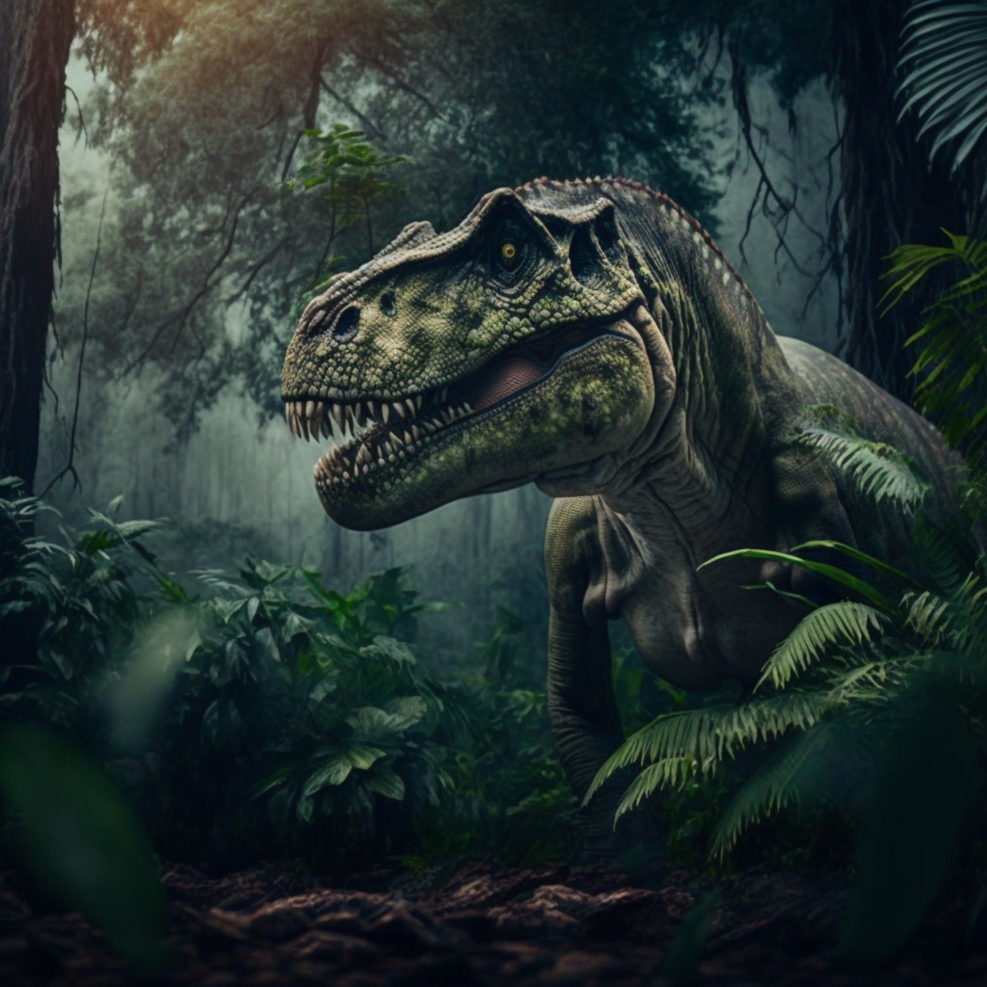
Was the Tyrannosaur as Smart as a Monkey? Assessing a New Claim
One researcher argues that, based on bird studies, the huge predators may have had many more brain cells than we have supposedVanderbilt University neuroscientist Suzana Herculano-Houzel tells us, in a recent paper, that tyrannosaurs had similar numbers of brain neurons as “primates.” But how would we know? Herculano-Houzel stats with the assumption that dinosaurs are descended from birds and makes a distinction between the theropod dinosaurs like the tyrannosaur and others: From that assumption, Herculano-Houzel realized that theropods in particular had a similar correlation between body mass and brain size to pre-impact birds, or basal birds. From there, she used the neuron count of modern birds like emus and ostritches and applied the same rules of scaling to figure out how many neurons theropods like the T-Rex may have had. Frank Landymore, “In terrifying news, big brained T-rex may have been Read More ›

When It’s Not Clear If a Disorder Is From the Brain or the Mind…
Neurologist Andrew Knox explains to Robert J. Marks that some psychological problems appear as if they were brain problems — yet there’s nothing wrong with the brainIn the podcast released last Thursday, Walter Bradley Center director Robert J. Marks interviewed pediatric neurologist Dr. Andrew Knox from the University of Wisconsin School of Medicine and Public Health on “Ways the brain can break” (#220, January 5, 2023). What follows is Part 4 of the discussion, “When it’s not clear if a disorder is from the brain or the mind…” Here are Part 1: How our brains are — and aren’t — like computers, Part 2: What is happening when children have strokes or dementia signs?, and Part 3: How do strokes, dementia offer insight into how the brain works? https://mindmatters.ai/wp-content/uploads/sites/2/2022/12/Mind-Matters-220-Andrew-Knox-Episode-1.mp3 This portion begins at roughly 25:15 min. A partial transcript and notes, and Additional Resources follow. Epileptic Read More ›